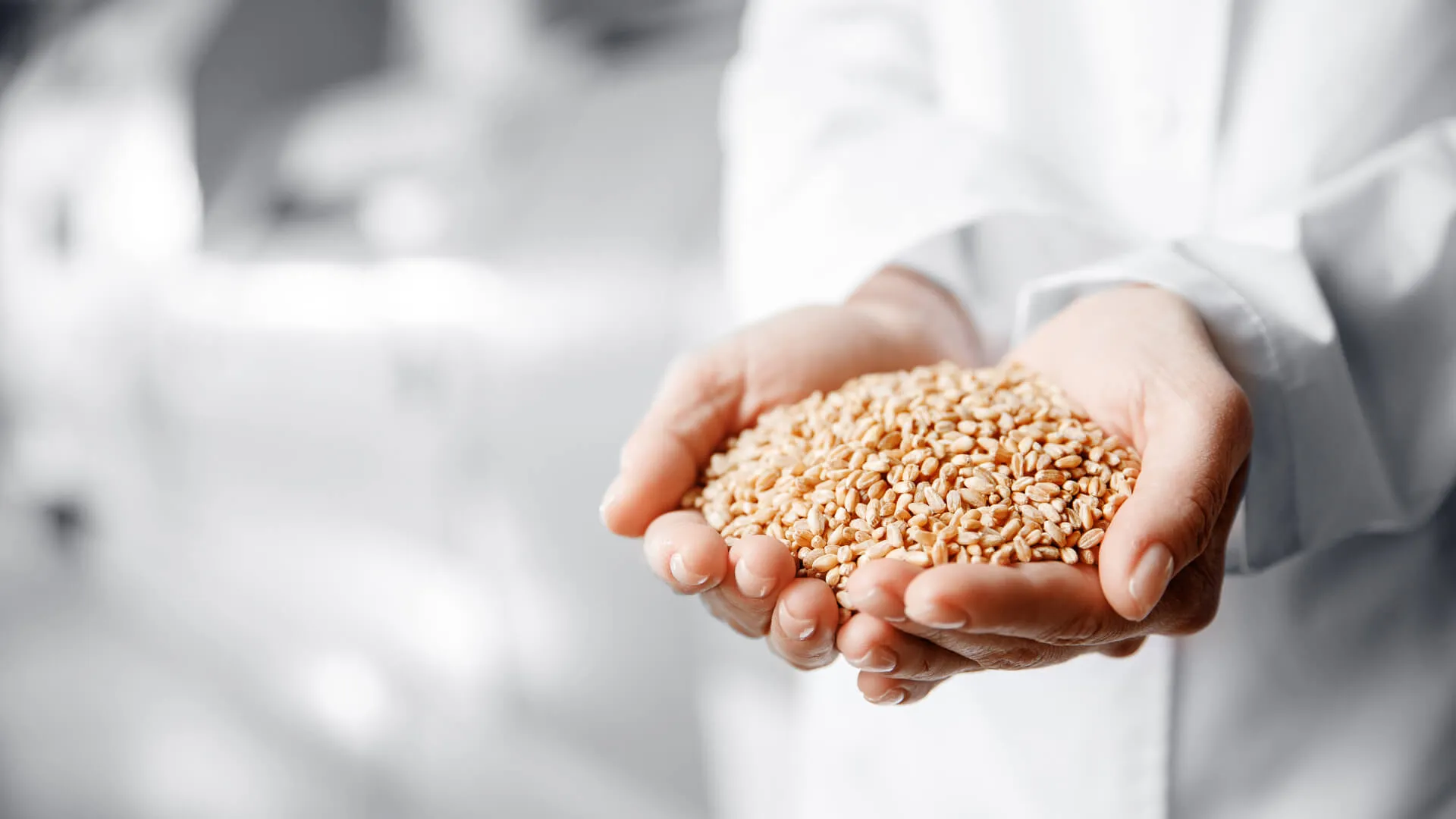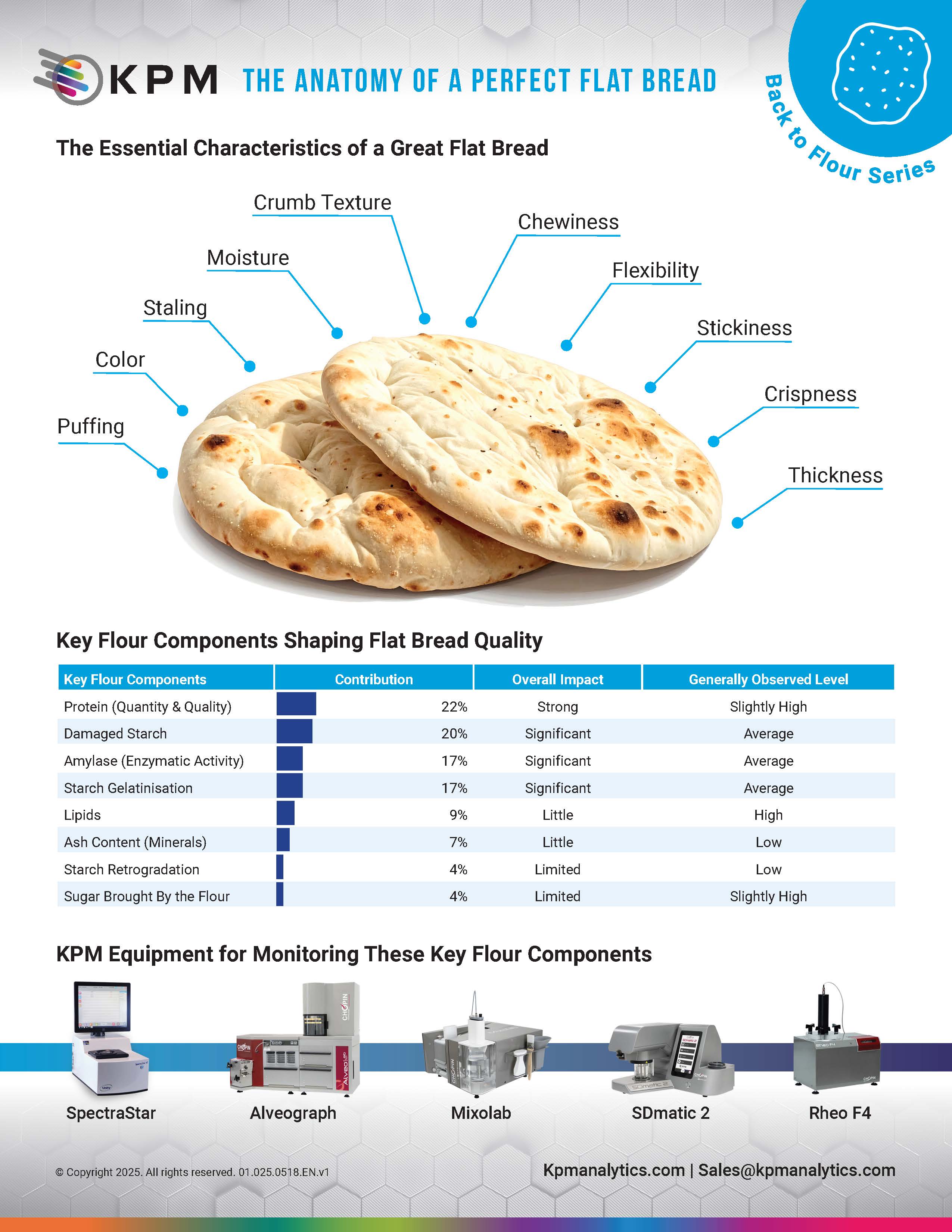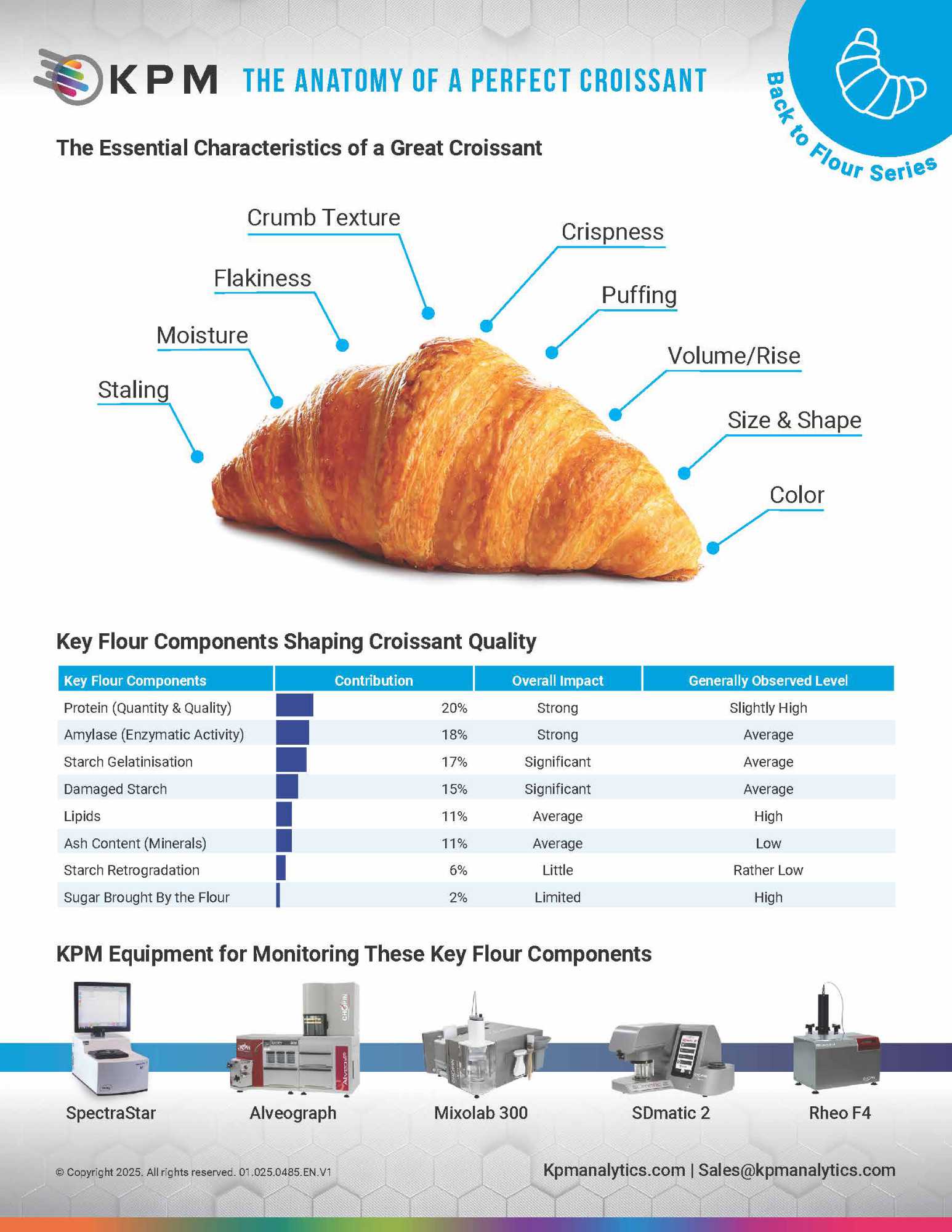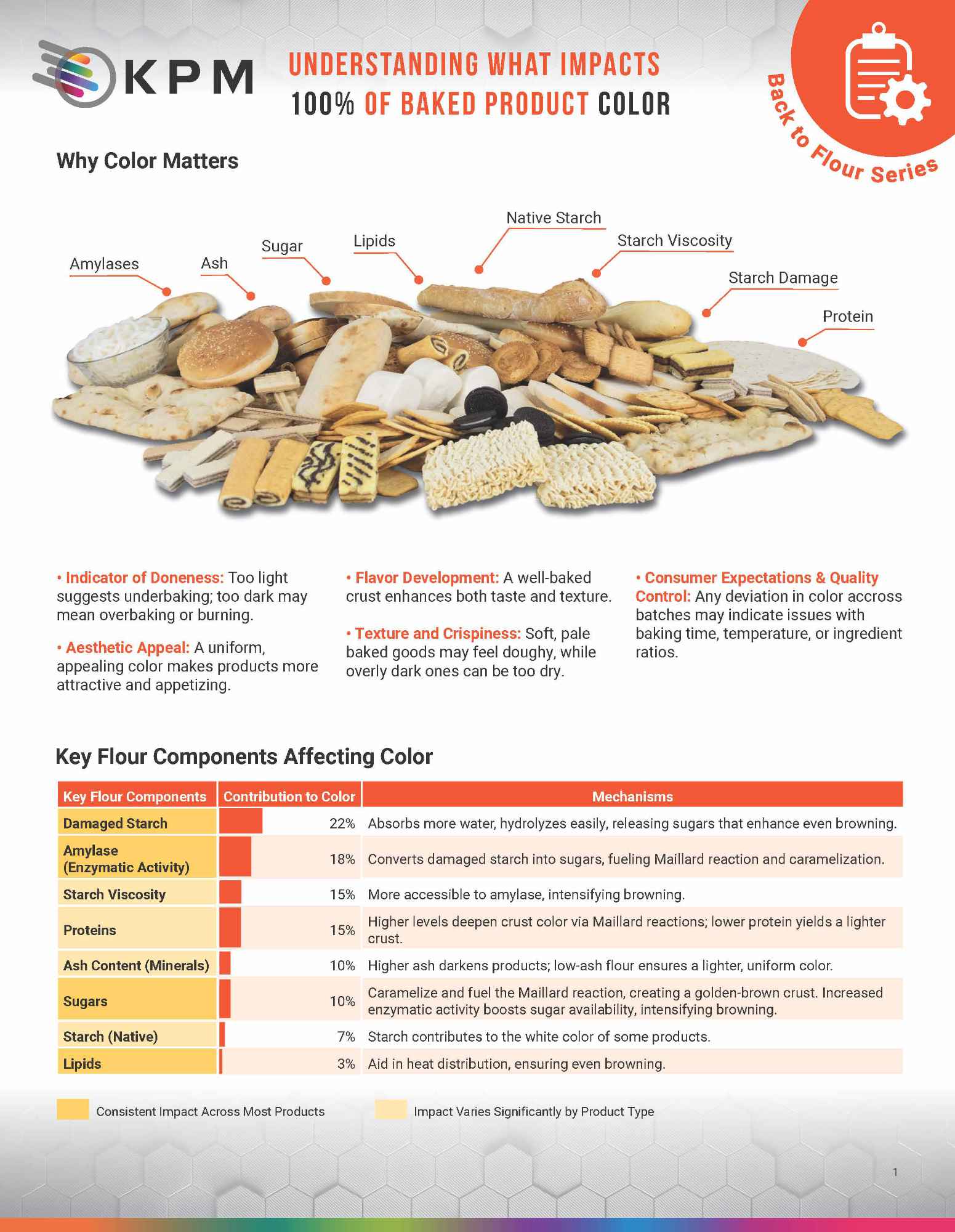Back to Flour The Anatomy of a Perfect Flat Bread

Flat breads are among the oldest bakery products, valued for their simplicity and versatility across cultures, from soft, flexible styles like naan or pita to crisp, thin varieties. Their quality depends on achieving the right balance between puffing, thickness, flexibility, and chewiness, while maintaining color, moisture, and freshness.
This document identifies the main flour components contributing to flat bread quality and their relative impact. Protein quantity and quality show a strong contribution, while damaged starch, amylase activity, and starch gelatinisation have significant influence. Lipids, ash content, starch retrogradation, and the natural sugars present in flour play a smaller yet measurable role in the final result.
By highlighting the relative importance of each component, this resource helps bakers and millers better understand how flour composition supports flat bread quality and consistency.
This document is part of the Back to Flour Series, an educational program that connects flour science to bakery product characteristics. Learn more here.



